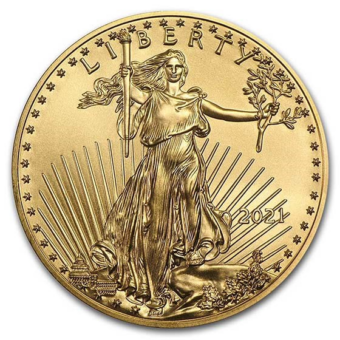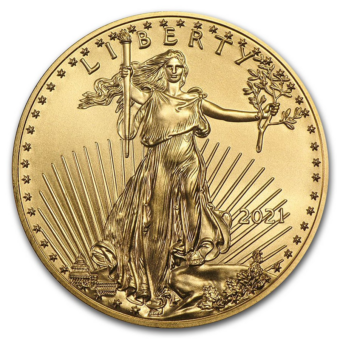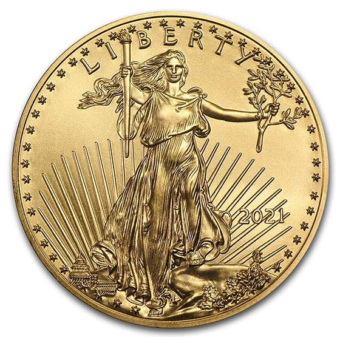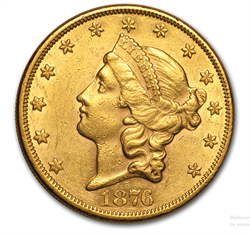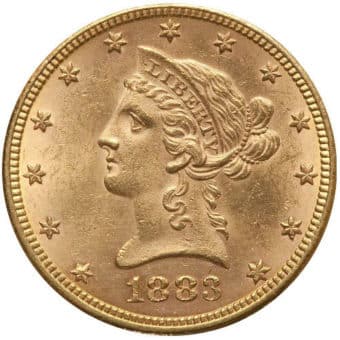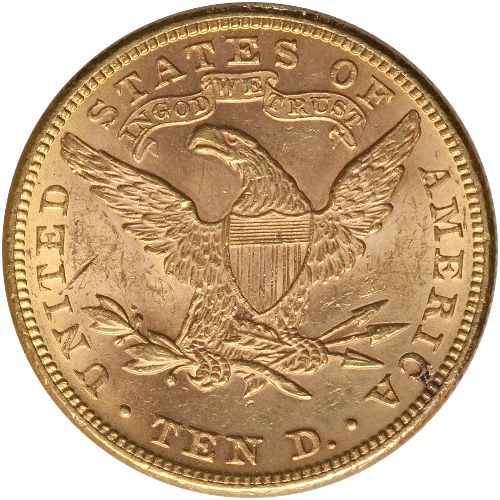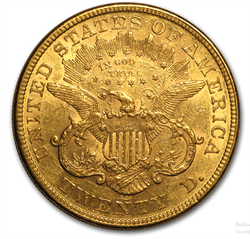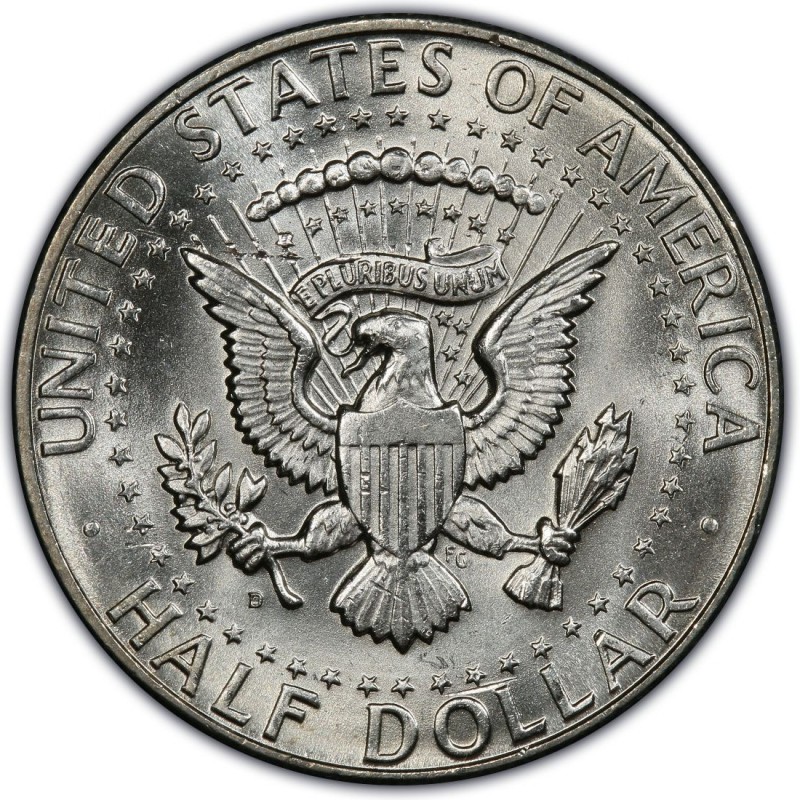The Gold Trail: A Daily Journey Through the Week's Market
Monday - 10.23.23: Gold and silver prices slightly down after recent gains, with gold at $1,990.40, down $4.00, and silver at $23.36, down $0.144. Market sentiment remains positive. Asian and European stocks mostly down, U.S. stocks expected to open lower. No major military developments in the Israel-Hamas conflict. Traders focused on central bank rhetoric, with concerns about inflation and global economic risks.
Tuesday - 10.24.23: Gold and silver prices down due to a stronger U.S. dollar and higher Treasury yields, with gold at $1,974.30, down $13.50, and silver at $22.98, down $0.23. Asian stocks up, European stocks down, U.S. stocks expected to open higher. No major escalations in Israel-Hamas conflict, allowing market focus to shift, but potential for rapid change remains.
Wednesday -10.25.23: Gold and silver slightly weaker amid normal market factors, with a strengthened U.S. dollar and a rise in Treasury yields. Gold is at $1,985.70, down $0.40, and silver at $22.98, down $0.136. Mixed performance in Asian and European stocks, with U.S. stocks expected to open weaker. China stimulates the economy with $137 billion in sovereign bonds, boosting Chinese stocks.
Thursday - 10.26.23: Gold and silver recovered slightly, trading at $1975.85 (+$4.88) and $22.95 (+3 cents) respectively. PetroChina International conducts first cross-border trade using digital yuan at SHPGX, buying a million barrels of crude oil. This move aligns with China's efforts to internationalize the yuan. The digital euro project's preparation phase, involving finalization of rules and selection of providers for platform development, begins on November 1, 2023
Friday- 10.27.23: Gold and silver prices marginally dropped amid a robust U.S. Q3 GDP report at 4.9%, favoring higher interest rates and monetary tightening. December gold fell to $1,991.40, and silver to $22.84. Despite a more substantial economic growth indication, tame inflation readings in the GDP data and a downturn in U.S. stock indexes provided some support to precious metals, limiting their losses.
3-Month Snapshot of Gold, Silver, and S&P 500 Performance

Gold prices began to sharply outpace the S&P 500 in early October. While silver prices also began to rebound, both silver and the broader market have showed significant near-term decline as gold’s upward trajectory remains steady.
September Inflation and Spending: A Mixed Bag for the Federal Reserve
September's inflation and spending data presented a complex picture to the Federal Reserve, as the core personal consumption expenditures (PCE) price index rose by 0.3%, aligning with predictions, while consumer spending surged unexpectedly by 0.7%, outstripping the anticipated 0.5% increase. Personal income showed a marginal 0.3% uptick, slightly below expectations. The overall PCE index, including volatile food and energy prices, saw a 0.4% rise. On an annual scale, core PCE inflation settled at 3.7%, a minor dip from August, while the headline PCE remained steady at 3.4%. Although the core PCE has descended from its early 2022 peak of around 5.6%, it continues to hover above the Federal Reserve's 2% annual target.
The market response was subdued, with a mild positive trend in stock futures and mixed treasury yields. This inflation report is pivotal as it's the last one the Fed will analyze before their forthcoming two-day policy meeting, with market consensus leaning heavily towards no rate hikes. Despite these pressures, gold prices remained relatively stable, showcasing modest selling pressure. This stability raises questions about consumer resilience, as spending has consistently outpaced income, leading to an increased reliance on credit. Experts suggest that although inflation remains persistently high and consumer spending robust, the gradual slowdown in core inflation and the anticipated easing of economic growth could give the Federal Reserve enough confidence to hold back on interest rate hikes in the near future.
GDP and the Mirage of Economic Prosperity
The recent report of a 4.9% annualized growth rate in the U.S. gross domestic product (GDP) has been met with widespread acclaim, described using superlatives such as “strong,” “stellar,” and “sizzling.” However, a closer look reveals that this economic prosperity might be standing on shaky ground. A significant portion of the growth is fueled by consumer spending, which has seen a substantial boost from credit card usage, reaching a record high of $1 trillion in debt. This is juxtaposed with a plummeting personal savings rate, now at a mere 3.9%, significantly below the long-term average. The prevalent belief that consumer spending constitutes 70% of the GDP is also challenged, with the argument that when business investments and intermediate goods are accounted for, consumer consumption might actually only make up about 30% of the GDP. Questions are also raised about the inclusion of government spending in GDP calculations, especially since it is financed by taxpayer money. In essence, the analysis suggests that the glowing GDP report might be masking underlying economic vulnerabilities, urging a more cautious and discerning evaluation of the nation’s financial health.
Gold and Silver Weaken as Strong U.S. GDP Data Fuels Rate Hike Expectations
Gold and silver prices have shown a downtrend in early U.S. trading on Thursday, influenced by a stronger-than-anticipated U.S. GDP report for the third quarter, supporting the Federal Reserve's inclination towards continuing interest rate hikes. Gold dropped to $1,987.30, down by $7.60, and silver decreased to $22.87, down $0.137. The 4.9% year-on-year rise in U.S. GDP surpassed expectations, although subdued inflation readings within the data partially cushioned the precious metals from a sharper decline. Asian and European stock markets exhibited mixed responses, with U.S. stocks anticipated to open with mixed results as well. The European Central Bank maintained its interest rates, aligning with expectations. Meanwhile, key market indicators showed a slight rise in the U.S. dollar index, a drop in Nymex crude oil prices, and a 4.9% yield on the U.S. Treasury 10-year note. Gold and silver both show technical strength, but the metals require fresh momentum to maintain their upward trends.
A Reverse Economic Downturn: Wealthier Americans Feel the Brunt of Economic Pain
For the first time in a while, America's economic downturn is impacting the wealthier class more significantly than the lower- and moderate-income households. The mix of persistent inflation, layoffs in white-collar jobs, and escalating interest rates are uniquely pressuring higher-income earners. Greg McBride from Bankrate.com notes this atypical trend, highlighting that job losses and financial hardships are not predominantly hitting the lower-income groups as they usually do. The stock market, a critical wealth reservoir for the affluent, saw a steep decline in 2022 with the S&P 500 plummeting over 19%, resulting in 1.8 million Americans losing their millionaire status. Despite a market rally in the summer of 2023, the U.S. economy is not out of the woods, facing numerous challenges ahead. High-income households are exhibiting increased pessimism about the economic future and a more cautious spending behavior, influenced by stagnant wage growth and a deceleration in job opportunities for high earners, as revealed by Bank of America’s Consumer Checkpoint Survey for September 2023.
Gold Prices Slump as U.S. Durable Goods Orders Surge
In the aftermath of a robust 4.7% increase in U.S. durable goods orders for September, significantly surpassing expectations, gold prices experienced a downturn, briefly dropping below $1975. The remarkable growth in durable goods orders, predominantly driven by the transportation sector, marks the most substantial monthly uptick since July 2020. However, when excluding the volatile transportation sector, core durable goods observed a modest 0.5% rise. Despite these gains in the manufacturing sector, the surge in activity led to a decline in the gold market, with spot gold falling to $1,975.83 an ounce, a 0.21% decrease for the session, and hitting a low at $1,974.73 shortly after the data release.
China's U.S. Asset Sale: A Golden Strategy?
The recent U.S. Treasury data has revealed a significant reduction in China's holdings of U.S. assets, totaling a $21.2 billion sell-off in August. Analysts speculate that this could either be a strategic move to bolster the Chinese yuan amid its decline against the U.S. dollar, or it might be a response to the escalating geopolitical tensions between the U.S. and China. In the latter case, China might turn to gold, one of the few viable alternatives to U.S. Treasuries, as a means of reallocating its reserves. This potential shift could lead to increased gold purchases in the coming months, offering support to the gold market. Despite high Treasury yields acting as a compelling bullish catalyst for gold, the uncertainty surrounding China's intentions adds a layer of complexity to the precious metal's future market dynamics.
Next Week’s Key Events
Monday, Oct. 30:
No economic reports scheduled
Tuesday, Oct. 31:
9:00 am: S&P Case-Shiller Home Price Index (20 cities) for August
10:00 am: Consumer Confidence for October
Wednesday, Nov. 1:
8:15 am: ADP Employment report for October
9:45 am: S&P U.S. Manufacturing PMI for October
10:00 am: Job Openings and Labor Turnover Summary (JOLTS) for September
10:00 am: ISM Manufacturing report for October
10:00 am: Construction Spending report for September
2:00 pm: FOMC Interest Rate Decision
Thursday, Nov. 2:
8:30 am: Initial Jobless Claims report
8:30 am: U.S. Productivity report for Q3
Friday, Nov. 3:
8:30 am: US Jobs Report (Employment Situation Summary) for October
9:45 am: S&P U.S. Services PMI for October
10:00 am: ISM Services report for October
HOW THESE REPORTS MIGHT IMPACT THE GOLD AND SILVER MARKETS
S&P Case-Shiller Home Price Index: This report provides insight into the health of the housing market. Stronger home prices can be a sign of economic stability, potentially dampening the appeal of safe-haven assets like gold and silver.
Consumer Confidence: Higher consumer confidence may suggest a stronger economy, which could reduce the demand for precious metals as safe-haven investments.
ADP Employment: A strong employment report can boost confidence in the economy and reduce the appeal of gold and silver as safe havens.
ISM Manufacturing: This report offers a glimpse into the health of the manufacturing sector. Strong manufacturing data can indicate economic growth, potentially reducing demand for precious metals.
Construction Spending: Increased construction spending can indicate economic strength, potentially impacting the demand for gold and silver as safe-haven assets.
FOMC Interest Rate Decision: Any changes in interest rates can have a significant impact on the gold and silver markets. Higher rates can make non-interest-bearing assets like gold and silver less attractive.
Initial Jobless Claims: High jobless claims may suggest economic instability, potentially increasing the demand for precious metals as safe havens.
U.S. Productivity: Strong productivity can indicate economic growth, potentially reducing the appeal of precious metals.
US Jobs Report: One of the most closely watched economic indicators, the jobs report can significantly influence the gold and silver markets. Strong job growth can reduce the appeal of precious metals as safe havens.
ISM Services: This report provides insights into the health of the services sector, which is a significant part of the U.S. economy. Strong services data can indicate economic growth, potentially impacting the demand for gold and silver.








